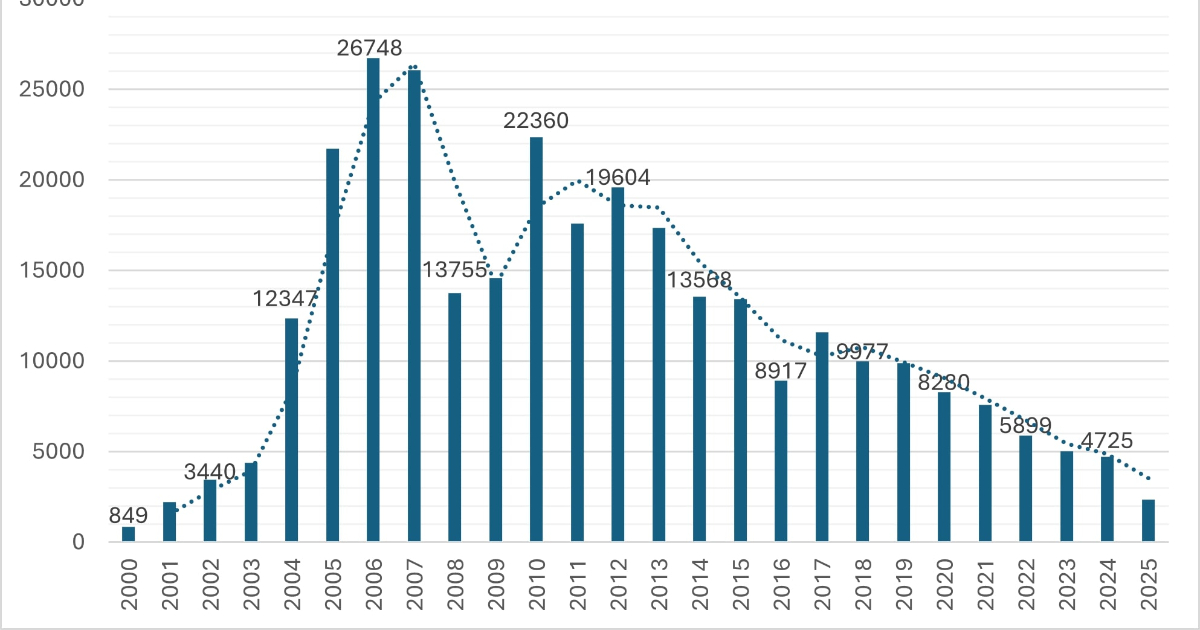Codetown
Codetown ::: a software developer's community
Using SQL with Node,.js
All the tutorials and books for node.js seem to use Mongo as the database. I am not sold on 'document' databases and would like to know how difficult it is to use any version for plain old tried-and-true SQL with Node.js.
Does anybody have any experience in this area?
Tags:
Replies to This Discussion
-
Permalink Reply by Lou Caudell on November 10, 2015 at 11:33pm
-
One of the traditional knocks on JS is the volatility of doing sql queries from a interpreted script. Not to mention security. In other words, how do you regulate resource for results in a varying client environment. Node.js is supposed to provide a server side capability. However I would be skeptical of it its implementation of a transnational capability. A memento pattern, or ability to rollback transactions, at least until thoroughly tested. Given the fact that most discussions are coupled with no-sql db's is a clue as to what its intended usage should be. Perhaps caches for local search tools like solr. Easy to update, and rebuild, but less likely to be an efficient engine for individualized rdbms queries.
Notes
Welcome to Codetown!
 Codetown is a social network. It's got blogs, forums, groups, personal pages and more! You might think of Codetown as a funky camper van with lots of compartments for your stuff and a great multimedia system, too! Best of all, Codetown has room for all of your friends.
Codetown is a social network. It's got blogs, forums, groups, personal pages and more! You might think of Codetown as a funky camper van with lots of compartments for your stuff and a great multimedia system, too! Best of all, Codetown has room for all of your friends.
Created by Michael Levin Dec 18, 2008 at 6:56pm. Last updated by Michael Levin May 4, 2018.
Looking for Jobs or Staff?
Check out the Codetown Jobs group.
InfoQ Reading List
AWS Introduces Durable Functions: Stateful Logic Directly in Lambda Code

AWS has unveiled Durable Functions for Lambda, revolutionizing multi-step workflows. This feature allows developers to write code that manages state and retry logic without incurring costs during waits. With advanced capabilities like checkpoints, pauses for up to a year, and simplified orchestration, Durable Functions streamline complex serverless applications.
By Steef-Jan WiggersMySQL Repository Analysis Reveals Declining Development and Shrinking Contributor Base

A recent report has analyzed the repository statistics of the MySQL server to evaluate the project's status, Oracle's commitment to MySQL, and the future of the community edition. Julia Vural, software engineer manager at Percona, writes:
By Renato LosioFrom On-Demand to Live : Netflix Streaming to 100 Million Devices in Under 1 Minute

Netflix’s global live streaming platform powers millions of viewers with cloud-based ingest, custom live origin, Open Connect delivery, and real-time recommendations. This article explores the architecture, low-latency pipelines, adaptive bitrate streaming, and operational monitoring that ensure reliable, scalable, and synchronized live event experiences worldwide.
By Leela KumiliVitest Team Releases Version 4.0 with Stable Browser Mode and Visual Regression Testing

Vitest 4.0, the Vite testing framework, revolutionizes browser-based testing with stabilizations, built-in visual regression support, and enhanced debugging. With major features like stable Browser Mode and Playwright Traces integration, it streamlines workflows. Developers benefit from a smoother upgrade path and an optimized experience, reinforcing Vitest as a comprehensive testing solution.
By Daniel CurtisPodcast: Transforming Life Sciences: AI, Vibe Coding, and Drug Development Acceleration

In this podcast, Shane Hastie, Lead Editor for Culture & Methods, spoke to Satish Kothapalli about the transformative impact of AI and vibe coding in life sciences software development, the acceleration of drug development timelines, and the evolving roles of developers in an AI-augmented environment.
By Satish Kothapalli
© 2025 Created by Michael Levin.
Powered by
![]()